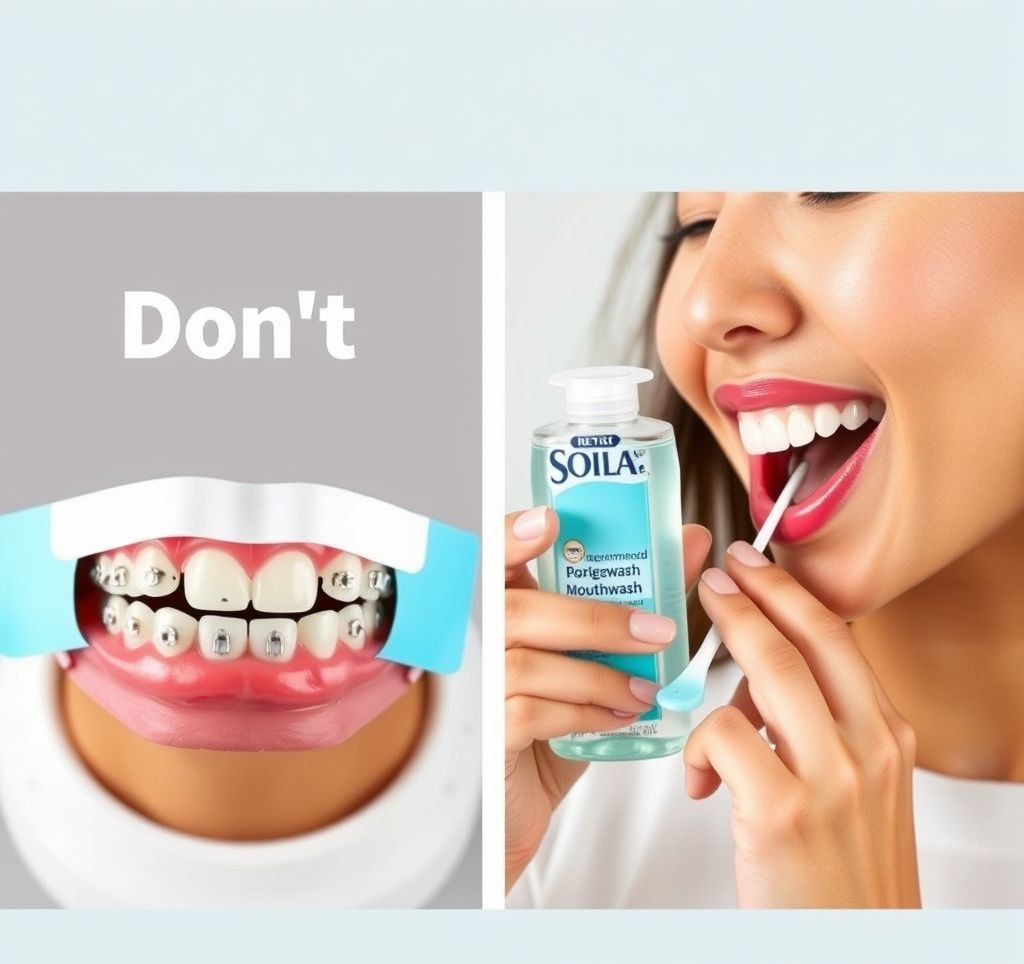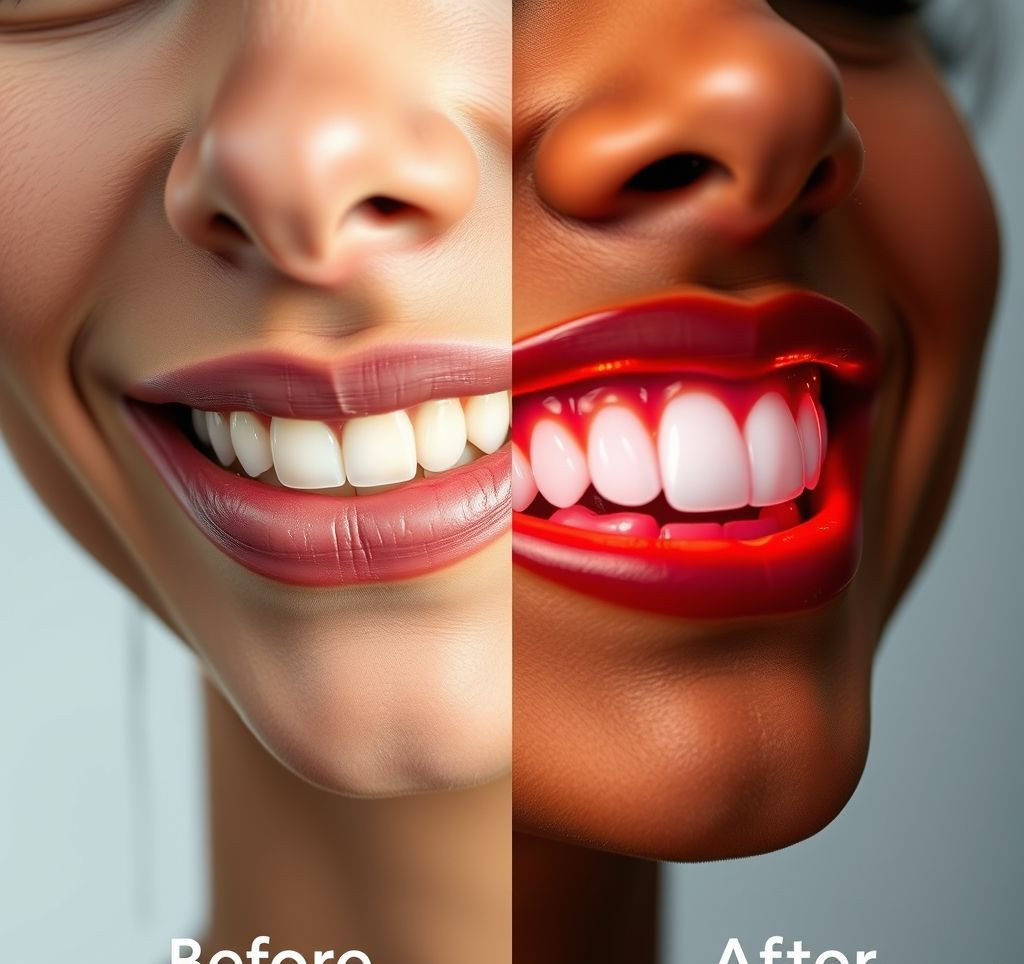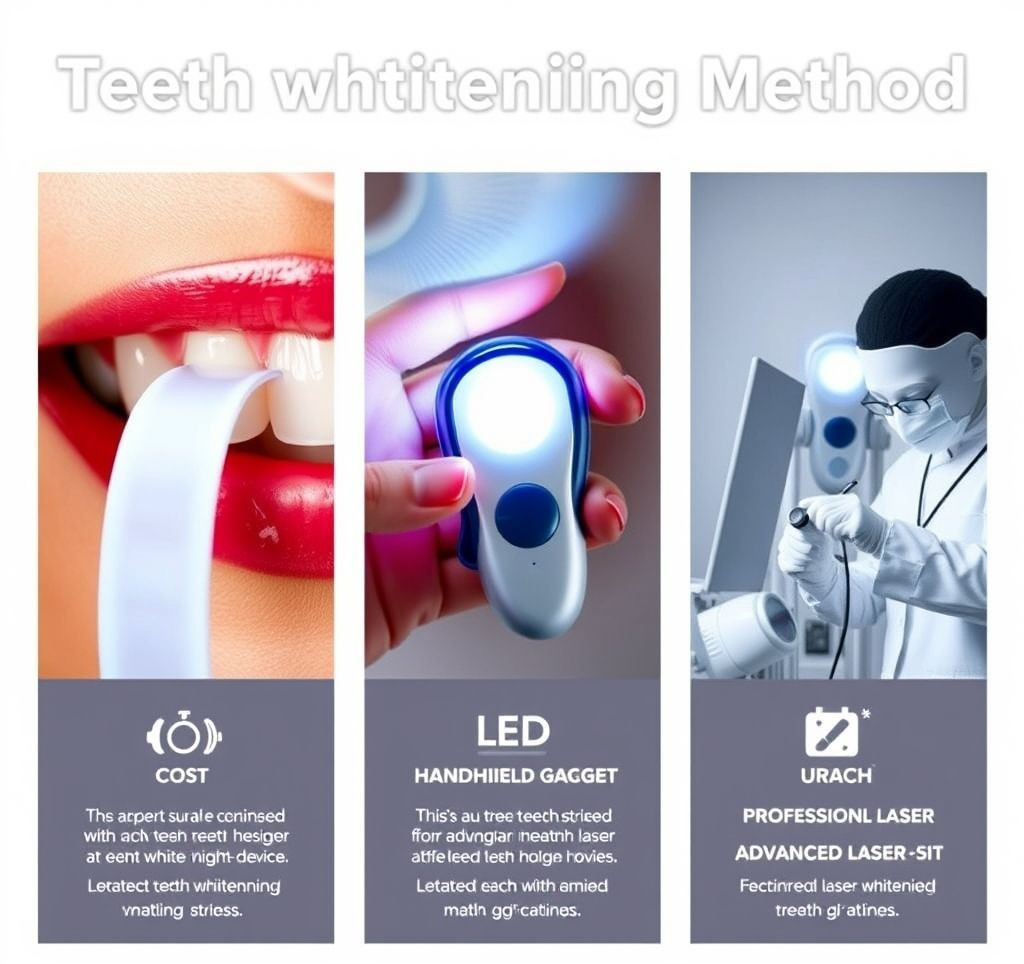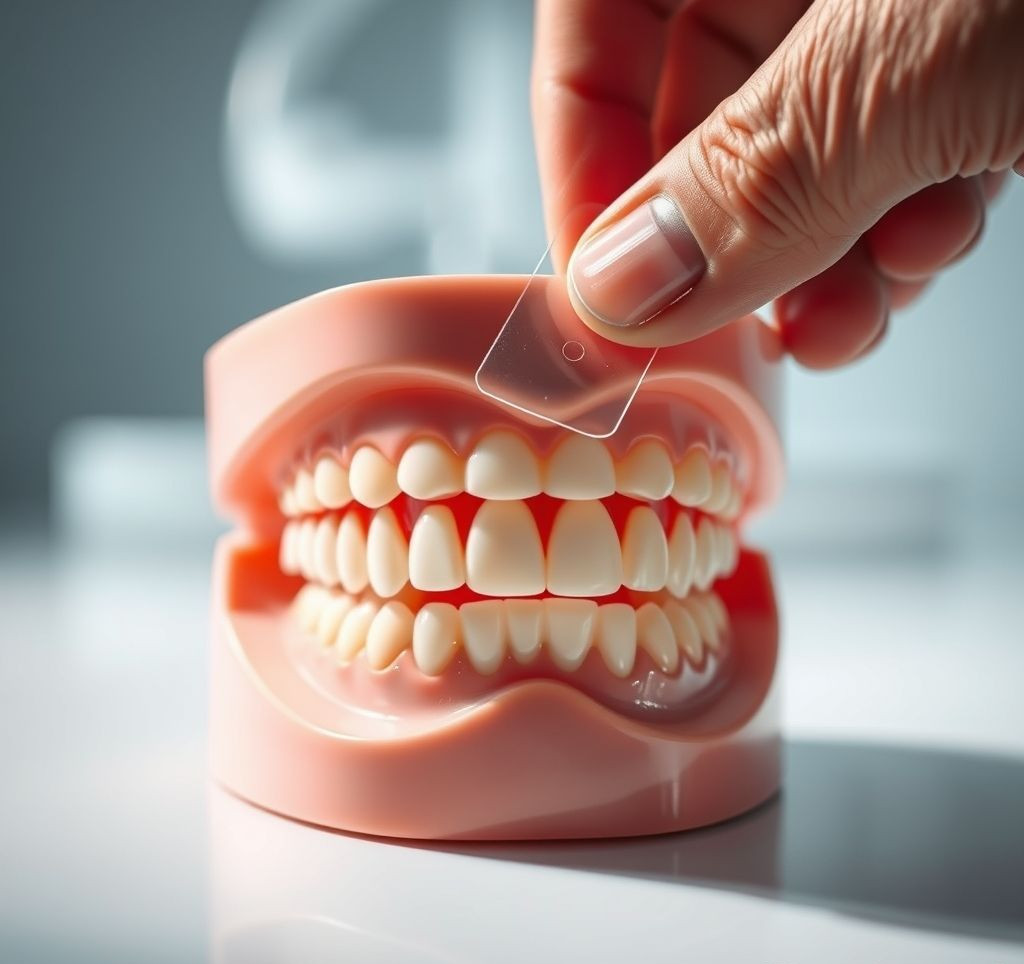A crooked smile can affect more than just your appearance; it can impact your confidence and even your oral health. If you’re considering orthodontic treatment to achieve a straighter, healthier smile, you’ve come to the right place. This comprehensive guide will walk you through everything you need to know about getting braces in 2024, from understanding the different types of braces available to navigating the treatment process and ensuring optimal aftercare.
Why Straightening Your Teeth with Braces Matters
Beyond aesthetics, properly aligned teeth offer numerous benefits for your overall well-being. Investing in braces can lead to:
- Improved Oral Hygiene: Straighter teeth are easier to clean, reducing the risk of cavities and gum disease.
- Enhanced Speech: Misaligned teeth can sometimes interfere with speech patterns.
- Reduced Jaw Pain: Correcting bite issues can alleviate strain on your jaw muscles and joints.
- Boosted Confidence: A straighter smile can significantly improve your self-esteem and confidence.
- Long-Term Dental Health: Addressing alignment issues can prevent future dental problems and expensive treatments.
Core Components of the Braces System
Understanding the core components of braces is crucial before diving into the treatment process. Here are the key players:
- Brackets: Small squares typically made of metal, ceramic, or plastic that are bonded directly to each tooth.
- Archwire: A thin metal wire that connects all the brackets and applies pressure to gradually shift the teeth into alignment.
- Ligatures (O-rings): Small elastic bands that hold the archwire in place on the brackets. They can come in various colors!
- Bands: Metal rings that are cemented to the molars to provide anchorage for the braces. Not always necessary, depending on the treatment plan.
- Buccal Tubes: Welded onto the bands, these small tubes hold the ends of the archwire.
Navigating Your Braces Journey: What to Expect
Embarking on your journey to a straighter smile with braces involves several key stages:



















